Pork Cooking Temperatures
John Liu
12 years ago
Related Stories
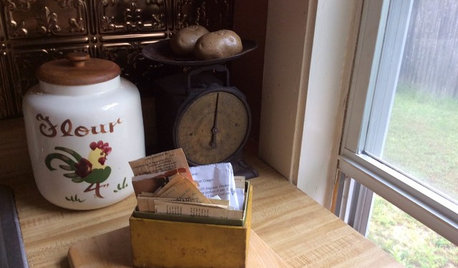
KITCHEN DESIGN5 Home Cooks Share Their Favorite Family Recipes
Peek inside the kitchens of these Houzz users and learn how to cook their time-tested, passed-down dishes
Full Story
KITCHEN DESIGNA Cook’s 6 Tips for Buying Kitchen Appliances
An avid home chef answers tricky questions about choosing the right oven, stovetop, vent hood and more
Full Story
KITCHEN DESIGNKitchen Recipes: Secret Ingredients of 5 One-of-a-Kind Cooking Spaces
Learn what went into these cooks’ kitchens — and what comes out of them
Full Story
KITCHEN DESIGNHouzz Call: What’s Cooking in Your Kitchen?
Most of us turn to recipes, videos and culinary shows when we cook. Where do you set your cookbook, tablet or TV screen?
Full Story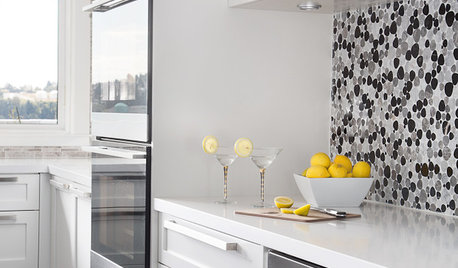
KITCHEN DESIGNNot a Big Cook? These Fun Kitchen Ideas Are for You
Would you rather sip wine and read than cook every night? Consider these kitchen amenities
Full Story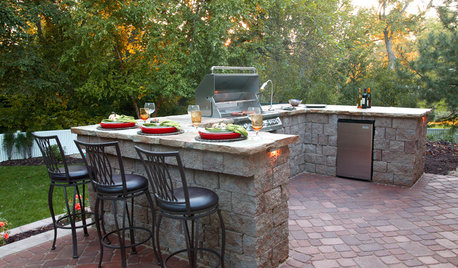
OUTDOOR KITCHENSYour Guide to Grills and More for Great Outdoor Cooking
Learn the pros and cons of gas versus charcoal grills, and about neat add-ons that let you do more
Full Story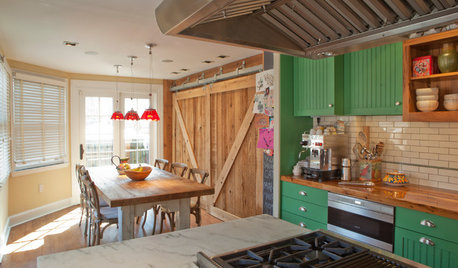
TASTEMAKERSPro Chefs Dish on Kitchens: How Marc Vetri Cooks at Home
Learn an Iron Chef's kitchen preferences on everything from flooring to ceiling lights — and the one element he didn't even think about
Full Story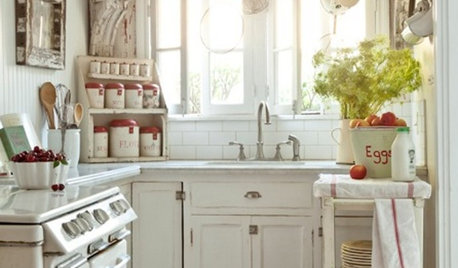
COTTAGE STYLECute, Cook-Friendly Cottage Kitchens
Before you lament the limitations of a cottage kitchen, have a look at the possibilities
Full Story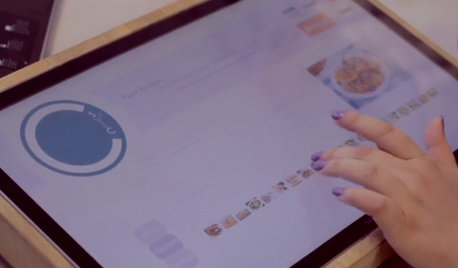
HOME TECHCook Smarter With New Wi-Fi Kitchen Gadgets
Whip up meals with high-tech help, thanks to a phone-connected oven and teakettle, plus a web-surfing cutting board
Full Story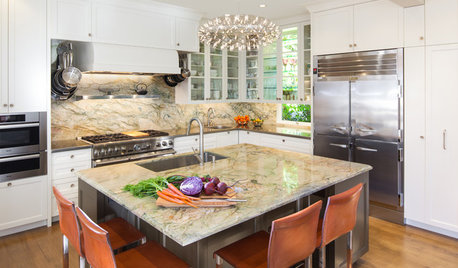
KITCHEN DESIGNKitchen of the Week: Elegant Updates for a Serious Cook
High-end appliances and finishes, and a more open layout, give a home chef in California everything she needs
Full Story



foodonastump
annie1992
Related Discussions
Cooked pork roast
Q
Cooking pork loin vs. shoulder/butt
Q
How to cook ground pork safely?
Q
Twice Cooked Pork Tenderloin with Mustard Cream Sauce
Q
dcarch7 d c f l a s h 7 @ y a h o o . c o m
lindac
annie1992
dcarch7 d c f l a s h 7 @ y a h o o . c o m
jessicavanderhoff
annie1992
foodonastump
lsr2002
annie1992
dcarch7 d c f l a s h 7 @ y a h o o . c o m
lsr2002
lindac
dcarch7 d c f l a s h 7 @ y a h o o . c o m
annie1992
foodonastump
dcarch7 d c f l a s h 7 @ y a h o o . c o m
lsr2002
metaxa
dcarch7 d c f l a s h 7 @ y a h o o . c o m
lsr2002